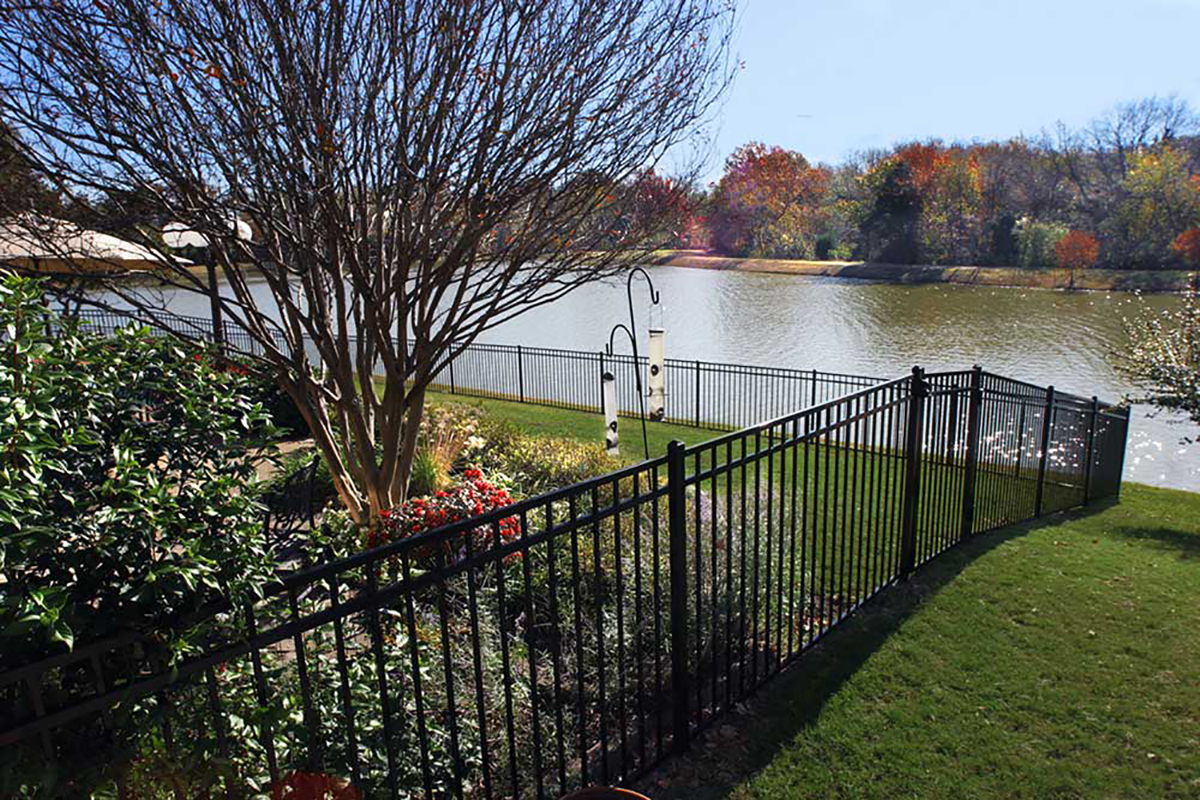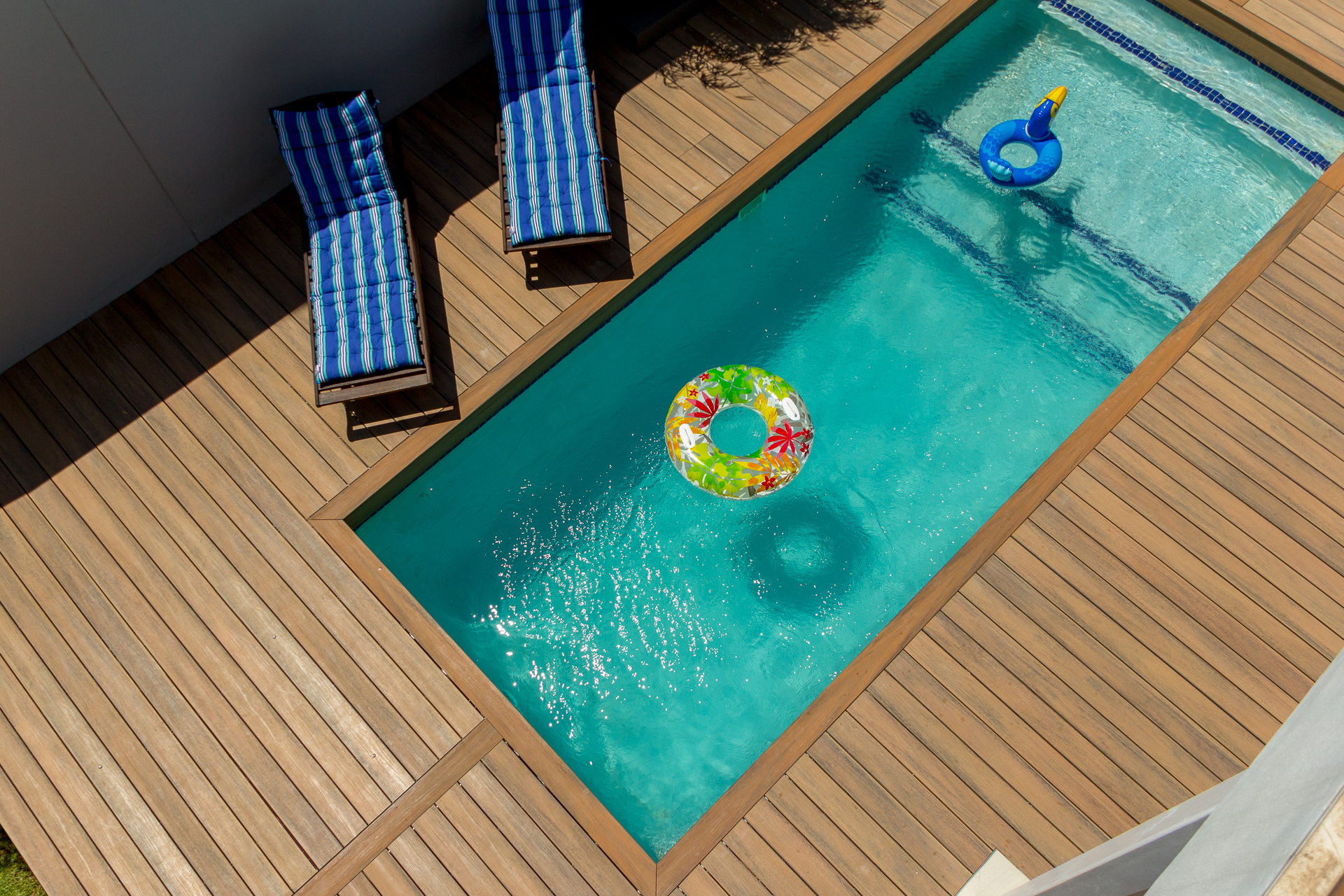A backyard pool is a beautiful oasis as long as it’s safe, and that often means protecting children and animals from accessing it without adult supervision.
Each year, thousands of individuals drown or experience near-drowning in backyard pools that could have been easily prevented by a safety barrier, usually a fence. The most vulnerable population are children under five years of age. According to the U.S. Consumer Product Safety Commission (CPSC), nearly 300 children under five drown each year in a backyard pool.
“New pool owners in particular should understand that toddlers, children between the ages of one and four years old, are at highest risk,” says Tiffaney Issacson, senior injury prevention specialist at Phoenix Children’s Center for Family Health and Safety in Phoenix. For that reason, it’s important for builders to explain safety and to encourage owners to have proper features in place to keep little ones out of the pool area when unsupervised.
Several state laws mandate that backyard pools must protected by a barrier, usually a fence, of a particular height and with a self-closing, self-latching gate. Fences should not have gaps more than four inches apart. The CPSC recommends that fences be at least four feet high, although it says five feet is ideal. Children should always be supervised when by a pool, and should be taught the do’s and don’ts of swimming.
The good news is that swimming pools can still be beautiful even while being safe, experts say. There’s no need to compromise the aesthetics of a backyard for the sake of safety. In fact, having a fence can help separate the swimming area from the rest of the yard, Issacson suggests. “Then you won’t have to open and close the gate to get to your outdoor kitchen area, and children can play in the grass away from the pool.”
There are many fence options, materials, colors and styles to choose from, and landscapers are often skilled at making them match the yard with the right plants and rockwork. A safe fence should also keep decorative cutouts to a minimum, which would encourage children to use them as a foothold to climb. Homeowners should also make sure that there bottom of the fence is not accessible, either, for children to climb under.
Fences can also be customized to fit and blend with a particular landscape and terrain. Fortress Fence Products’ Versai fence, for example, is a rackable fence that allows the fence to follow the flow and roll of hills, rather than the staircase style that traditional welded fences use. Racking adjusts the fence’s rails so it matches the slope beneath. The fence is seamless, without pickets to interrupt the flow of the design (unless desired). There are no other features that would give a small child ability to climb the fence. In addition, the Versai has an assurance panel at the bottom, which prevents small children and pets from being able to climb under the fence to access the pool.
Many safety experts emphasize using multiple layers of protection, often including a fence, pool cover, and a door alarm which lets homeowners know if the pool door has been opened.
In addition to having safety features like alarms and fences, builders should talk to pool owners about safety from a positive point of view. Pools should not be viewed as scary or death-traps, but emphasize how fences can be used as part of the landscape, rather than an eyesore. “Having a pool fence significantly reduces the risk of drowning,” Isaacson says. “You can build one from materials that keep looking good after years of exposure to the elements.”
For help in providing safe and attractive fencing, visit FortressFence.com


